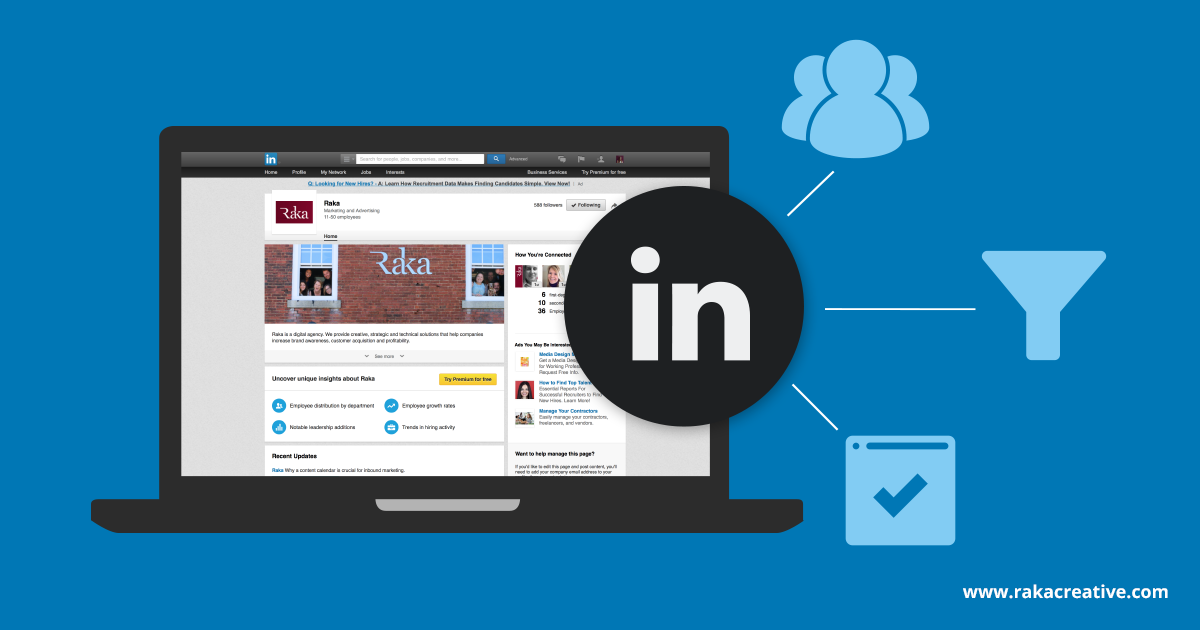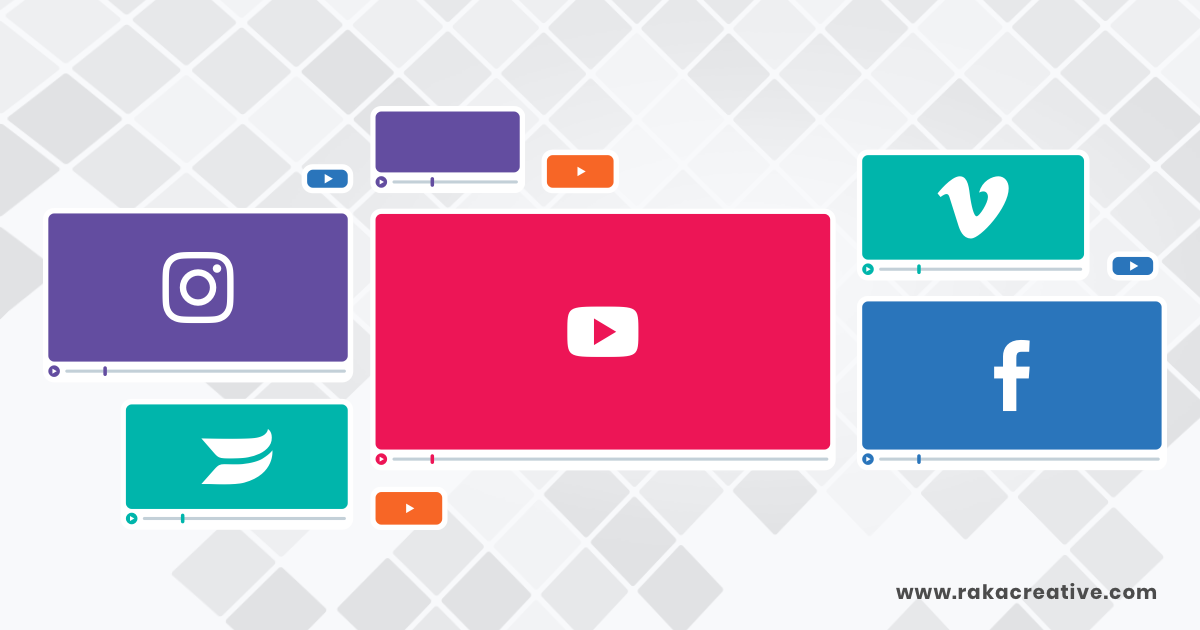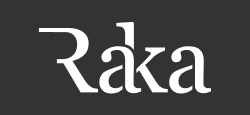Everyone knows that a presence on LinkedIn is critical for employers and career-seekers alike. It’s the most popular online networking and recruiting community out there.
What’s less well known is how to use LinkedIn marketing to effectively connect with potential customers in the site’s 530 million strong audience from over 200 different countries. Talk about casting a big net.
If you’re a savvy LinkedIn-er (…?), you’ve probably already gotten your feet wet with LinkedIn marketing initiatives. But you may not be aware of the full scope of tools you could be using.
Oh no…what if you’re losing out on potential customers because you’re not using LinkedIn as effectively as you could be?!
Fear not! Today we’ll cover three avenues you can use to promote your content, attract leads via LinkedIn, and reel them in with your charm.
LinkedIn sponsored content
Yes, sometimes you have to pay to play. But sponsored content on LinkedIn isn’t really advertising. It’s amplifying the reach (and better targeting the audience) that will receive your content—content that you’re already producing for other contexts. What’s key here is putting the right B2B spin (or potential employee spin) on your piece and getting it in front of a larger audience.
It’s all about that spin.
These tutorials straight from LinkedIn are a good place to start building campaigns and identifying your audience. Despite the intimidating array of tools you have access to, this isn’t rocket science. As long as your content is relevant to your audience and has quality calls to action, it should perform well for you.
As an added bonus, LinkedIn has some of the most robust targeting tools in the industry. This gives you the ability to push out your “What Hiring Managers Need to Know About Interviewing Millennials” blog post specifically to people with the “hiring manager” job title, for example. Use this tool to ensure that every piece of content is hitting the people most likely to take action after reading it.
Join industry groups
This one’s time-consuming, but extremely underrated. Say you’re out there producing content marketing materials for a hotel. You might want to check out the Hospitality Superstars group. There you can connect with decision makers and prove your worth.
Or you could share some of your smart, witty content about hotel revenue management with a group dedicated to that exact topic. The point is, no matter your vertical, there’s likely an active LinkedIn Group hungry for just the type of content you’re producing.
You don’t want to charge in there waving your sales pitch around, of course. Sign up, comment on discussions you’re legitimately interested in and knowledgeable about, and share your relevant content without being a pest. If people come to trust your expertise, you’ll be able to quietly promote your company’s products and services whilst participating in a genuine discussion.
Beware, though: These groups are often taken over by people with the same intention as you, but without the tact and interest in community involvement. If you check out a group that’s entirely flooded by eager marketers, seek greener pastures.
Effective LinkedIn company pages and updates
But even if you don’t have money to burn on sponsored content and you don’t have the time to become a star member of a LinkedIn group, your Company Page itself is still a tremendous LinkedIn marketing asset. It’s the introduction to your brand on the platform and the best place to share fresh content, company news, and job postings. The built-in analytics that allows you to determine which posts have been successfully driving engagement are handy, too.
While you’ll want to be sure the page is complete and accurate, the real advantages come in those updates. Unlike Facebook, where you’re lucky to get 10 percent of your audience as organic reach, LinkedIn’s organic reach can be double or even triple your actual follower count.
The fact that LinkedIn is primarily business and networking means it’s an excellent place to showcase your services and products in an engaging way. Just keep in mind that you’ll need to update frequently to have an impact because only 4 percent of LinkedIn users actually check in on a daily basis.





